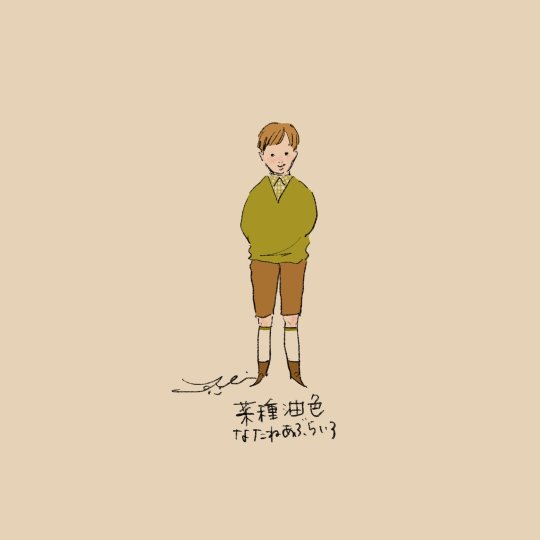#nataneabura
Explore tagged Tumblr posts
Text

[Haircare during Edo period], handy illustration by Sayuri Sasai.
As time went, Edo hairstyles became more and more intricated. Hairdos were set using plenty of styling products, like 梳き油 sukiabura (creamy pomade) or 付け油 tsukeabura (solid pomade). Many recipes existed, varying in bases (like 椿油 tsubakiabura/camellia oil, 菜種油nataneabura/canola oil, 木蝋 mokurô/sumac wax etc.) and fragrances used.
Once set, hairstyles did not fell apart easily, but the oils used meant hair easily caught dust or dander - hence why people used tenugui or other kinds of hoods to protect their hair (see those past notes 1 / 2):

In the past, washing one's hair was usually done once or twice per month (in the meantime, to relieve itchy scalp, people often used hairpins to scratch without unraveling hairdo!).
Dirt and wax were washed off using hot water and shampoo made from dried 布海苔 funori (a type of red algae) and うどん粉 udonko (wheat flour). You can see here an attempt at recreating the mix.
Then, hair was allowed to dry naturally (taking care of not catching a cold in freezing weather!).
#japan#fashion history#Sayuri Sasai#hair history#nihongami#japanese hairstyle#washing hair#shampoo#art#edo era#edo period#hair oil#hair wax#hair pomade#tsukeabura#sukiabura#tsubakiabura#tea seed oil#camellia oil#nataneabura#canola oil#mokurou#sumac wax#tenugui#hood#zukin#funori#dried seaweed#red algae#udonko
865 notes
·
View notes
Text

Rei Kurahashi
Personification of colour "Nataneabura-iro" (Rapeseed oil colour)
The Nataneabura-iro, is a deep yellow green body, such as rapeseed oil that is squeezed from rapeseed. And rapeseed, it is the seed of oilseed rape. I came to be stained from the Edo period rapeseed oil has been widely used as kerosene. The epidemic is used to the color of the hemp kamishimo original statement year to (1,736 to 41), we are in vogue as lined kamishimo in (1,781 to 89) in the Tenmei year.
くらはしれい「菜種油色」
10 notes
·
View notes